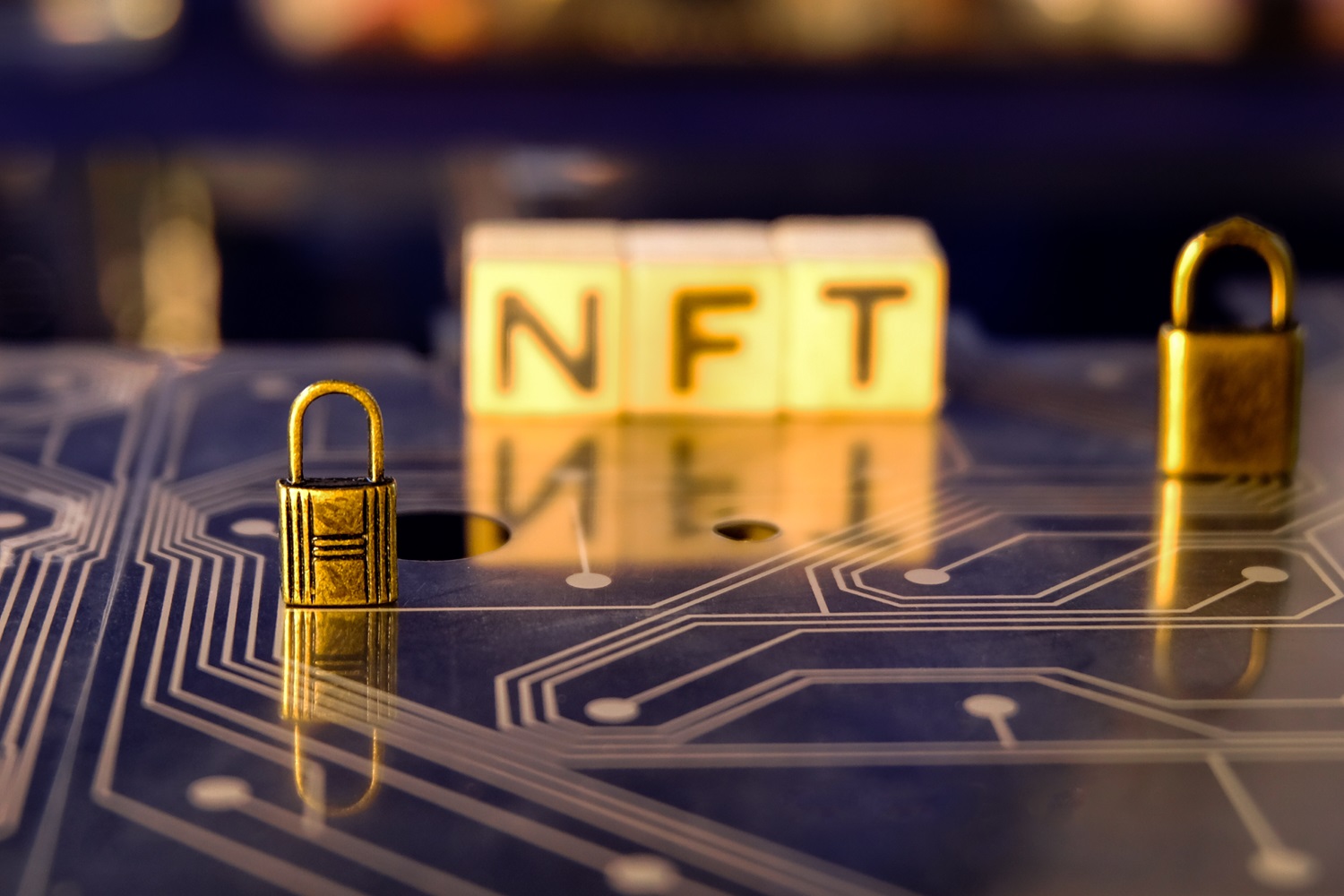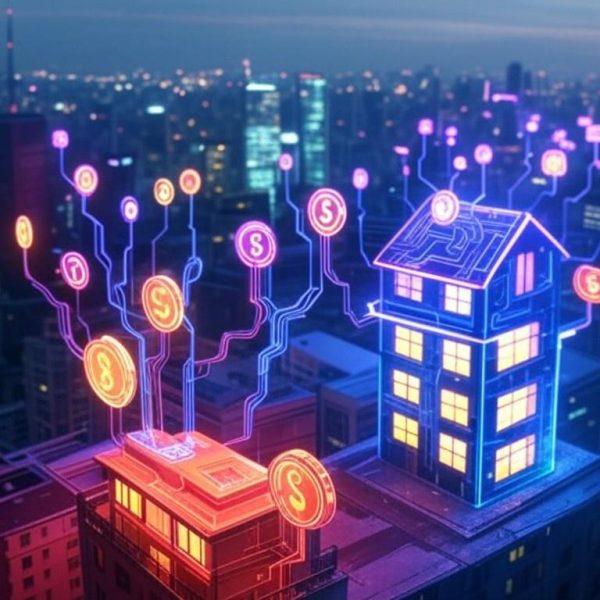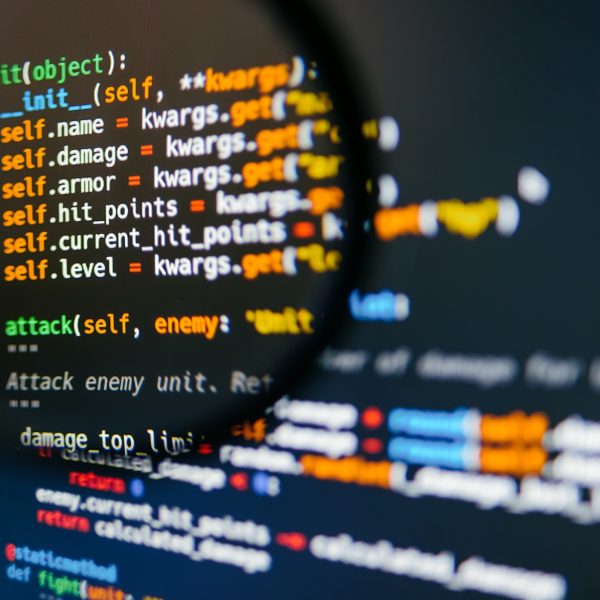In recent years, Non-Fungible Tokens (NFTs) have exploded onto the digital scene, transforming the landscape of digital art ownership and creating a new market that merges technology with creativity. As the art world grapples with the implications of this digital revolution, NFTs are proving to be both an innovative and controversial addition to the artist’s toolkit.
The Rise of NFTs in the Digital Realm
NFTs are unique digital assets, each distinct from any other, and they represent ownership of a specific item, typically digital art, using blockchain technology. This technology ensures the authenticity and trackability of each piece, linking it indelibly to its owner. Unlike traditional art, where the provenance and authenticity can sometimes be disputed, the blockchain’s transparent nature allows for clear, undeniable ownership.
The Impact on Artists and Collectors
For artists, NFTs have opened new avenues for monetization and control over their work. Artists can sell their digital pieces directly to the public without the need for galleries or auction houses, retaining more of the profits and maintaining control over the distribution of their work. Furthermore, NFTs can be programmed to provide the artist with a percentage of sales whenever the artwork is sold to a new owner, ensuring ongoing revenue.
For collectors, NFTs offer a form of digital bragging rights, a proof of ownership of a unique digital item that can be viewed by anyone but owned by only one. This aspect of exclusivity and the ability to prove ownership has driven the prices of some NFTs into the millions of dollars.
Challenges and Controversies
Despite their benefits, NFTs are not without controversy. Critics argue that the energy consumption required by the blockchain technology underlying NFTs can be enormously high, leading to significant environmental impact. Moreover, the market for NFTs has experienced significant volatility, with some seeing it as a speculative bubble prone to dramatic rises and sharp falls in value.
Additionally, there are concerns about the intellectual property rights associated with digital art. Copying a digital file is as easy as a few clicks, raising questions about what ownership means in a digital context and how it can be enforced.
The Future of NFTs in Art
Looking forward, the integration of NFTs into the digital art world is likely to continue evolving. As blockchain technology advances and becomes more sustainable, the environmental impact could be mitigated, addressing one of the primary concerns about NFTs. Moreover, as legal frameworks evolve around digital ownership and rights, the market could stabilize, becoming a standard part of how digital art is bought and sold.
The adoption of NFTs by major auction houses and art institutions, which are beginning to treat digital art as an important category of contemporary art, is a testament to their staying power. NFTs are not just a passing fad; they represent a shift in how art is collected and appreciated in the digital age.
Conclusion
NFTs are reshaping the concept of art ownership, bringing a digital edge to the age-old art market. They offer artists revolutionary ways to secure their rights and monetize their creations while providing collectors with a new form of art acquisition. As the world becomes increasingly digital, NFTs stand at the forefront of the next wave of art collection and appreciation.











